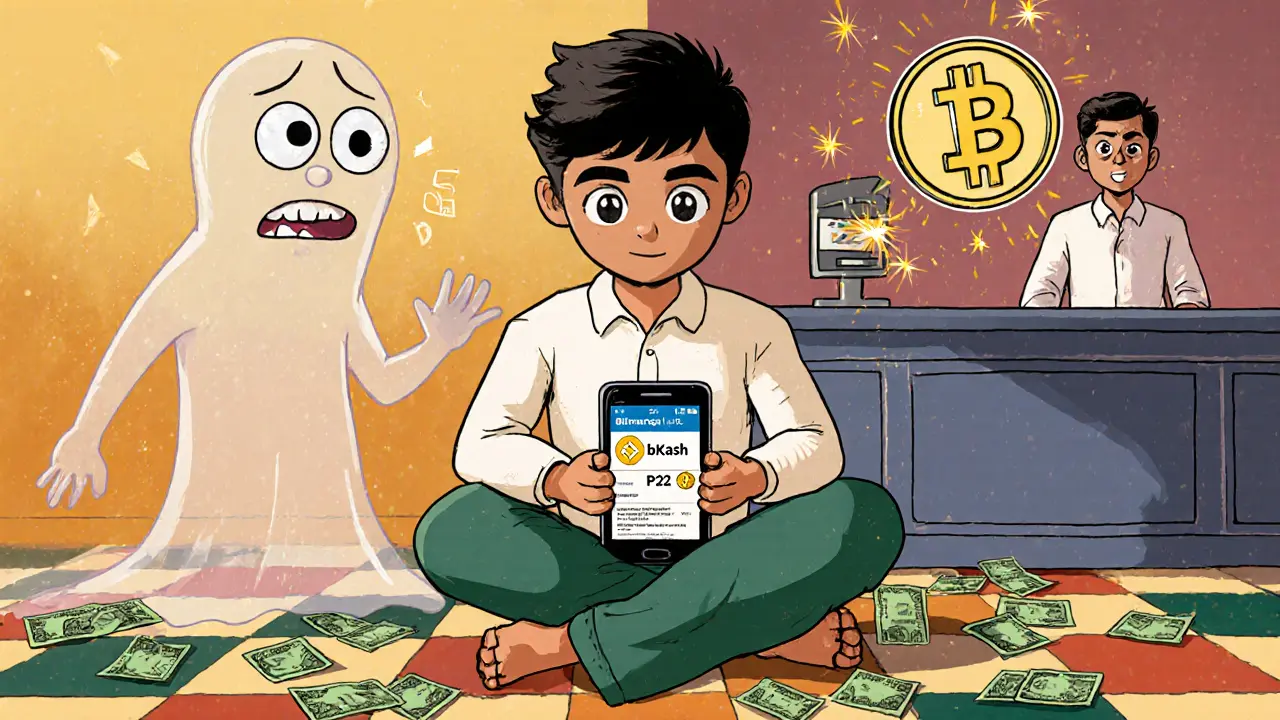Peer-to-Peer Crypto: How Direct Crypto Trading Works and Where to Do It Safely
When you trade peer-to-peer crypto, a system where buyers and sellers exchange cryptocurrency directly without a central exchange. Also known as P2P crypto trading, it’s how millions in Russia, Nigeria, and India buy Bitcoin with cash, bank transfers, or mobile money—no bank approval needed. This isn’t just a workaround for people in restricted markets. It’s a faster, more private way to trade, especially when you want to use local currency like rubles, naira, or rupees.
Unlike traditional exchanges like Bitstamp or Kraken, where you deposit funds and wait for orders to match, P2P crypto, lets you negotiate price and payment method directly with another person. Also known as direct crypto trading, it’s powered by platforms that hold your crypto in escrow until you confirm payment. That’s the safety net. But not all P2P platforms are equal. Some, like the fake TaurusEX, pretend to be real and vanish with your money. Others, like the ones used in Russia to buy crypto with rubles, are trusted because they’re built into local payment habits—mobile wallets, bank apps, even cash meetups.
What makes peer-to-peer crypto tricky isn’t the tech—it’s the people. You’re dealing with strangers. That’s why scams like fake WHX airdrops or unverified Coinquista exchanges thrive: they prey on trust. Real P2P trading requires verification—ID checks, trade history, and payment proof. If a deal sounds too easy—"instant Bitcoin for PayPal"—it’s a trap. The best traders stick to platforms with dispute resolution and user ratings, just like you’d check reviews before buying a used phone.
Peer-to-peer crypto also connects to bigger trends. When China banned crypto exchanges, P2P became the only way many people kept trading. When El Salvador made Bitcoin legal tender, local merchants started using P2P to convert crypto to cash without banks. And when airdrops like SHARDS or WagyuSwap drop tokens, users often sell them instantly on P2P platforms because centralized exchanges don’t list them fast enough.
What you’ll find below isn’t a list of platforms to use. It’s a collection of real stories—how people lost money on fake P2P sites, how Russian traders navigate ruble limits, why some airdrops vanish after a few days, and which exchanges actually let you trade crypto for fiat without red tape. These aren’t theory pieces. They’re after-the-fact breakdowns of what worked, what failed, and what to watch out for next time you click "Buy Crypto" with a stranger.
P2P Crypto Trading in Bangladesh: How Peer-to-Peer Methods Work Despite the Ban
by Johnathan DeCovic Nov 5 2025 15 CryptocurrencyDespite being illegal, P2P crypto trading thrives in Bangladesh using bKash and Nagad. Learn how millions bypass the ban, the risks involved, and the most trusted platforms for buying and selling crypto.
READ MORE
